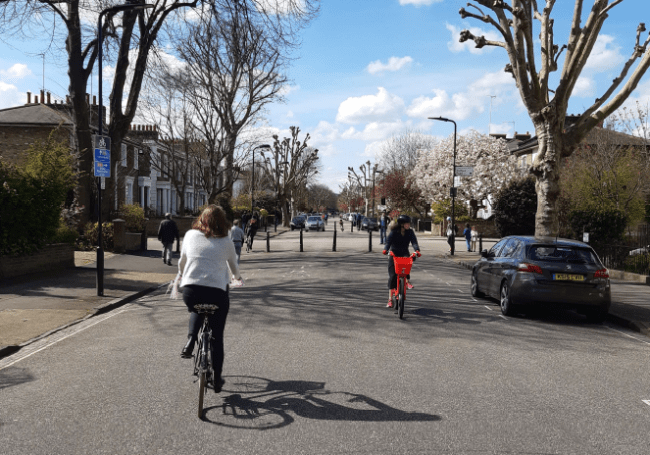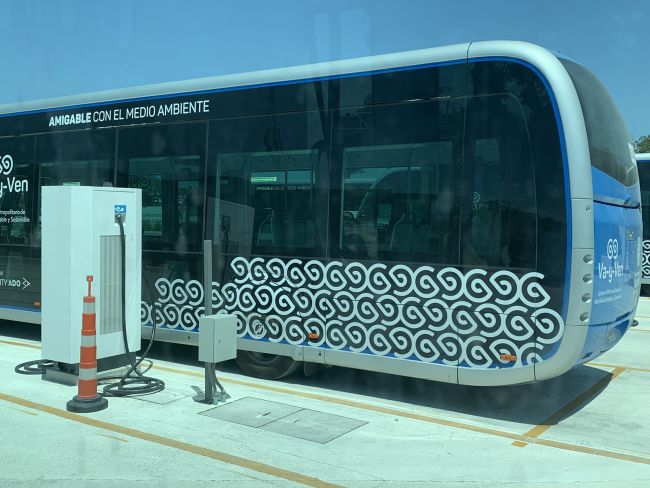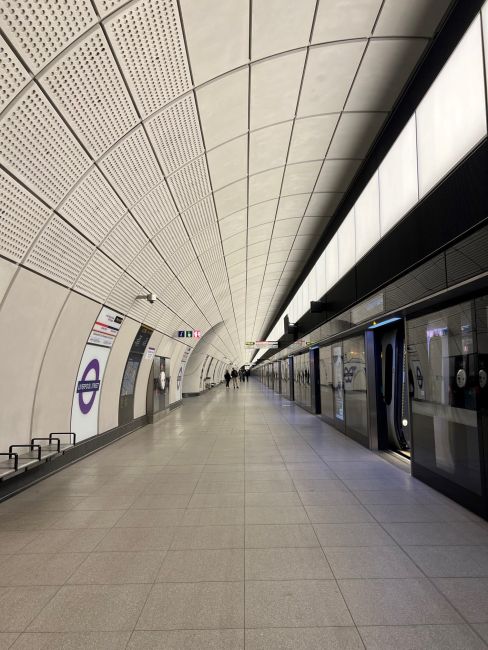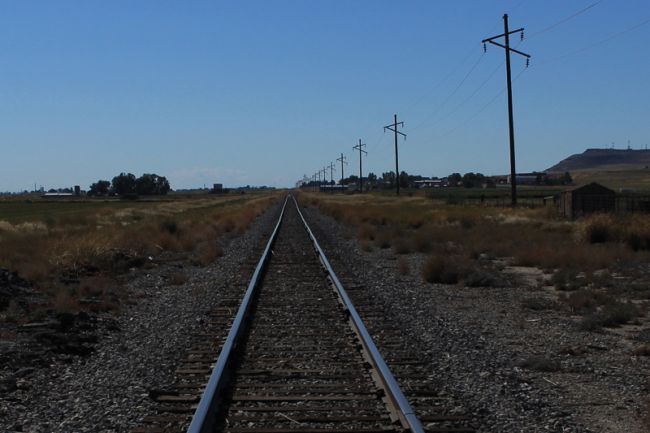Cleaning the air in our towns and cities
The EU is referring the UK to the European Court of Justice over the government’s failure to achieve targets for NO2 emissions.

The European Commission is referring the UK government to the European Court of Justice over the government’s failure to achieve targets for nitrogen dioxide (NO2) emissions and “for failing to take appropriate measures to keep exceedance periods as short as possible”(1). This follows successive legal action closer to home led by law firm ClientEarth over the government’s plans for addressing air pollution. The rulings so far have formalised the prevailing thought within the air quality community – that more could and should be done to combat this issue.
The UK Government published its revised plan for tackling NO2 in July 2017. However, the latest High Court ruling, in February 2018, found the plans inadequate and there are calls for measures to address air pollution, such as Clean Air Zones, to be expedited and broadened to include more towns and cities.
What’s the issue?
The Government’s plan so far focuses on nitrogen dioxide (NO2) in urban areas, which has been associated with respiratory illness, cancer and birth defects. Transport is recognised as the major contributor to air pollution, particularly in towns and cities and away from industrial areas. This leads to a seemingly straightforward plan of action – to tackle poor air quality, we need to reduce the emissions from transport.
What can be done?
The UK has dealt successfully with air quality problems in the past. The Great Smog of 1952, arguably the most severe of UK air pollution events over the course of hundreds of years, led to the first Clean Air Act of 1956. This Act created smoke control areas, prohibiting the burning of certain fuels for domestic and industrial uses.
More recently, around the year 2000 the additive tetraethyl lead was ubiquitous in petrol, until concerns over air pollution and health led to it being banned in much of the world. What these events have in common with the current air pollution crisis is that government waited until the damage or risk to human health was palpable before taking serious action. Publication of the Government’s plan was accompanied by the announcement that it will end the sale of new conventional petrol and diesel cars and vans by 2040. In the meantime, there are two broad approaches to reducing emissions from transport:
- Travel differently – for example, if we reduce the distance travelled, we will (generally) reduce the amount of pollution emitted by a given vehicle. People can be encouraged to car pool or to swap their cars for walking, cycling and public transport. For freight, consolidation is often cited as a means of reducing emissions, while also providing some decongestion benefits. We might also try to eliminate trips entirely, such as through teleworking and online shopping, although the impacts are much more complex.
- Cleaner vehicles – if we can reduce how much a vehicle emits for a given journey, we will benefit from cleaner air. This is usually thought of as cleaner technologies, such as after-exhaust treatment on conventional internal combustion engines, or a whole range of alternative fuels. Emissions reduction can also be infrastructure-led, with improved traffic control and design helping to “smooth” traffic, reducing the emissions from acceleration and deceleration in urban areas.
Where is the gap?
The Government’s plan has been broadly criticised, both for failing to deliver a determined plan of action, and for pushing the burden onto local authorities. There is another area where it might be going wrong – the apparent disconnect between complying with legislation and tackling a serious public health issue.
The UK aims to comply with air quality regulations across 43 monitoring zones, for which there are only around 200 monitoring stations. Coupling this with metrics such as annual average values, and the various modelling approaches taken, provides only a coarse view of air quality. That might be considered practical for legislative purposes, but is not good enough to understand human exposure to pollution, particularly in urban areas.
Air quality varies over both space and time, which leads to emissions ‘hotspots’ where pollution is particularly bad. Signalised junctions are a good example, with the inevitable slowing down, idling and acceleration of vehicles leading to elevated emissions. These are also areas where pedestrians often wait to cross the road – making them exposure hotspots as well. Crucially, these hotspots aren’t just present in the worst performing air quality monitoring zones, but all over the UK.
Compliance with regulations is the same as easing the public health burden. To tackle the issue of poor air quality, improvements are needed in the way emissions from transport are assessed, monitored and modelled. This must be tailored towards what is to be reduced – not the annual average across a large area, but the pollution that people experience in the real world, while travelling to school, commuting to work and enjoying our towns and cities. Changing the signal sequence on a pedestrian crossing might not influence the annual average NO2 level in a district, but could change the exposure to pollution of hundreds of travellers each day.
What next?
In London, Transport for London has developed the Healthy Streets approach, with the aim of putting people and health at the centre of decision-making. Further, as the 2018 Mayor’s Transport Strategy adopts the ‘vision zero’ approach to road safety policy, it may be time to think more broadly about the safety of transport schemes from a public health perspective. Transport schemes should include an independent, systematic and formal assessment of how they could impact emissions, air quality and exposure to pollution.
This approach would not only incorporate local changes to vehicle movements and the fleet, but also consider how pedestrians, cyclists, business and urban realm are influenced, ultimately evaluating air quality and exposure to pollution. Care also needs to be taken to ensure that the pursuit of cleaner air does not result in the removal or limitation of other proven road safety measures, as called for by the Parliamentary Advisory Council for Transport Safety, in the context of claims about the potential negative air quality impact of speed humps.
It is not always proportionate to conduct a full Environmental Impact Assessment, or practicable to carry out detailed measurement and modelling of air quality. Incorporating wider public health considerations within road safety audits as part of the development of transport and infrastructure schemes would affirm a commitment to solving this issue, to answering key questions around air quality, and to developing mitigation measures.
Tackling air pollution in:
Paris
Hit the headlines in December 2016 after authorities implemented driving bans on cars with odd/even number plates on alternate days, alongside free public transport, in response to a spike in air pollution. In January 2017, a scheme was implemented banning cars registered before 1997 from driving within the Périphérique ring road.
Barcelona
Will implement a similar ban on cars registered before 1997 on working days from 2019. Air quality will also be addressed through the city’s Urban Mobility Plan, which introduces the concept of small groupings of street blocks. Motor vehicles will be limited to travelling around the outside of the blocks, opening the streets within for walking and cycling.
Hamburg
Introduced Germany’s first diesel ban in June 2018, with pre Euro 6/ VI cars and trucks banned on two major routes through the city, in a move to reduce NO2 emissions. Other cities are anticipated to follow.





















